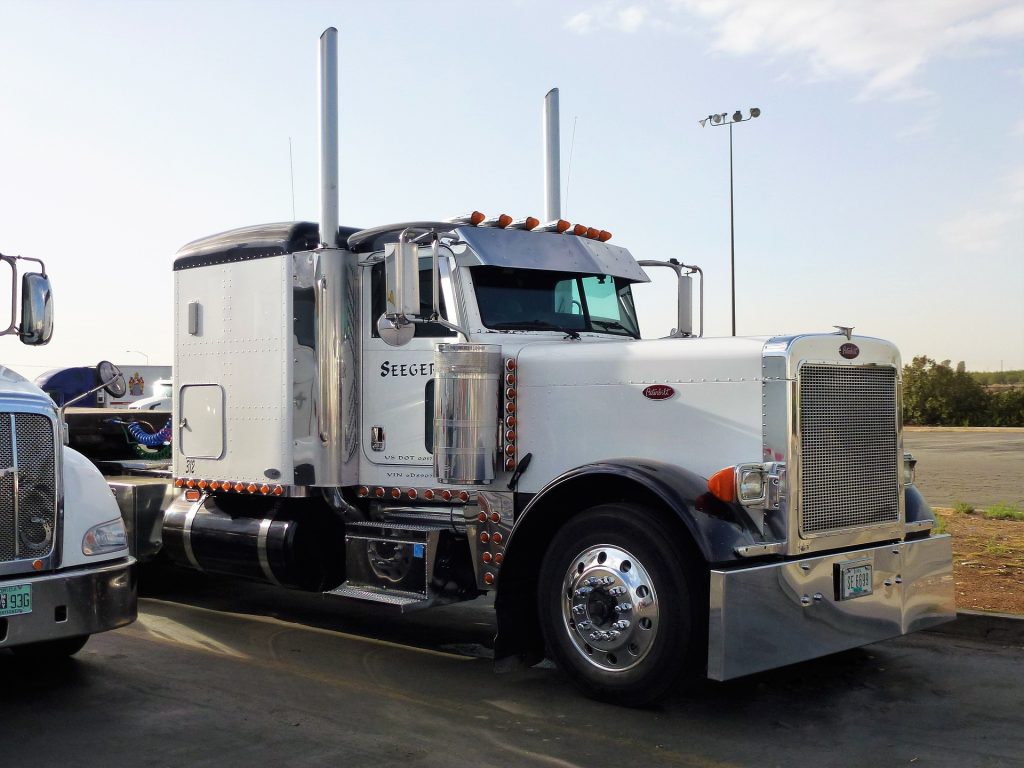Semi Truck Weight Limit
Freedom Heavy Haul can offer expedited Pickup and Delivery for any size shipment anywhere in the USA. Contact us today for No Hassle, No Pressure Pricing.
Semi trucks play a pivotal role in the transportation and logistics industry, ensuring the smooth movement of goods across vast distances. The semi truck weight limit is a critical factor in this process, impacting everything from road safety to the integrity of infrastructure. Understanding and adhering to these weight limits is not only a matter of regulatory compliance but also of ensuring the safety and efficiency of transport operations.
Introduction to Semi Truck Regulations
Semi trucks, also known as tractor-trailers, are the backbone of freight transportation in many countries. They are designed to transport a wide range of goods, but their efficiency and safety are heavily dependent on adhering to specific weight limits. These limits are put in place to prevent damage to roadways and bridges, and to ensure the safety of other road users.

Role of Semi Trucks in Freight and Logistics
In the world of freight and logistics, semi trucks are indispensable. They are responsible for the bulk of land freight movement, making them essential to economies globally. The ability of semi trucks to carry large and diverse loads makes them versatile vehicles in the transport sector.
Understanding Weight Limits for Semi Trucks
The semi truck weight limit refers to the maximum weight a semi truck and its cargo can legally weigh. This includes the weight of the truck itself, the trailer, the cargo, fuel, and any passengers. Adhering to these limits is crucial for maintaining the structural integrity of roadways and ensuring safe travel.
Federal Guidelines for Semi Truck Weights
The United States federal government sets standard weight limits for semi trucks to harmonize transportation practices across state lines and ensure safety on interstate highways.
National Standards for Weight Limits

According to federal regulations, a standard semi truck cannot exceed a gross vehicle weight of 80,000 pounds. This limit is a cumulative total, including the truck, trailer, and the cargo. This regulation is primarily for safety and to prevent undue stress on roadways and bridges.
Breaking Down the Federal Weight Limits
The federal weight limits are broken down into several categories: a single axle is limited to 20,000 pounds, and a tandem axle is limited to 34,000 pounds. These limits are essential for balancing the truck’s load and maintaining the structural integrity of the vehicle and the roads it travels on.
State-Specific Weight Regulations
While federal limits provide a baseline, individual states often have their own regulations and permit systems for semi truck weight limits. These can vary based on the state’s infrastructure, traffic conditions, and environmental considerations.
Diversity of State Regulations
State-specific regulations can differ significantly from federal standards. For example, some states may have higher weight limits for certain types of cargo or under specific circumstances. These variations require truck operators to be well-informed about the regulations in the states they operate in.
Case Studies: State Weight Limit Variations
States like Michigan and South Dakota, for instance, have unique regulations allowing heavier loads on their roads. Michigan permits up to 164,000 pounds for a semi truck with 11 axles under specific conditions, while South Dakota has no gross weight limit, subject to the bridge formula.
These case studies highlight the importance of understanding state-specific regulations in addition to federal guidelines.
Operational Challenges with Semi Truck Weight Limit
Adhering to weight limits poses significant operational challenges for the transportation industry, impacting logistics planning, vehicle maintenance, and overall fleet management.

Compliance with Weight Regulations
Ensuring compliance with weight limits involves careful planning and coordination. Logistics companies must consider the weight of cargo, the distribution of weight within the truck, and the routes taken to comply with both federal and state regulations.
Impact of Weight Limits on Fleet Operations
Weight limits directly affect the operational efficiency of a fleet. Overloading can lead to increased fuel consumption, greater wear and tear on the vehicle, and potential legal penalties. Conversely, underutilizing the truck’s capacity can lead to inefficiencies in transportation.
Advancements in Weight Management Technologies
The transportation industry is increasingly turning to technology to help manage and monitor semi truck weight limits more effectively.
Technology in Weight Monitoring
Innovations in weight measurement technologies, such as onboard weighing systems and telematics, provide real-time data on a truck’s weight. This technology helps drivers and fleet managers ensure that they are within legal weight limits, improving safety and compliance.
Integrating Technology for Compliance
The integration of these technologies into fleet operations allows for better compliance with weight regulations and enhances overall operational efficiency. These systems enable quick decision-making, reduce the risk of violations, and help in planning optimal routes that consider weight restrictions.
Seasonal Weight Limit Adjustments
Semi truck operations are often subject to seasonal weight limit changes, particularly during periods like spring thaw, which can significantly impact transportation planning.
Seasonal Changes and Weight Limits
During periods such as the spring thaw, many states impose reduced weight limits to protect roads that may be more susceptible to damage. These seasonal adjustments require transport companies to adapt their operations, often necessitating changes in scheduling and routing.
Adapting to Environmental Weight Regulations
Transport companies must stay informed about these seasonal regulations and adjust their operations accordingly. This might include redistributing loads, using different routes, or even altering the types of cargo transported during these periods.
Legal Aspects of Overloading
Overloading a semi truck not only poses safety risks but also has significant legal implications.
Risks and Penalties for Overloading
Exceeding the semi truck weight limit can lead to substantial fines, legal repercussions, and increased scrutiny from regulatory bodies. Furthermore, overloading increases the risk of accidents, which can have severe consequences for public safety and the environment.
Enforcing Weight Limit Compliance
Regulatory bodies and law enforcement agencies play a critical role in enforcing weight limit compliance. This includes roadside inspections, weighing stations, and the use of technology to monitor and enforce these regulations.
Future of Semi Truck Weight Regulations
As the transportation industry evolves, so too do the regulations and technologies related to semi truck weight limits.
Emerging Trends in Weight Regulation
Future trends in semi truck weight regulation may include more sophisticated monitoring systems, increased use of automation, and potentially new regulations to accommodate changes in transportation technology, such as electric and autonomous vehicles.
Innovations and Predictions
Technological innovations, such as advanced telematics and AI-driven logistics systems, are expected to revolutionize how weight compliance is managed. These advancements could lead to more efficient, safer, and environmentally friendly transportation methods.
Conclusion
The semi truck weight limit is a fundamental aspect of road safety and efficient logistics. As the industry continues to evolve, staying informed and compliant with these regulations will remain a top priority for transport companies. The future of semi truck transportation looks towards greater efficiency and safety, guided by technological advancements and stringent regulatory frameworks.







